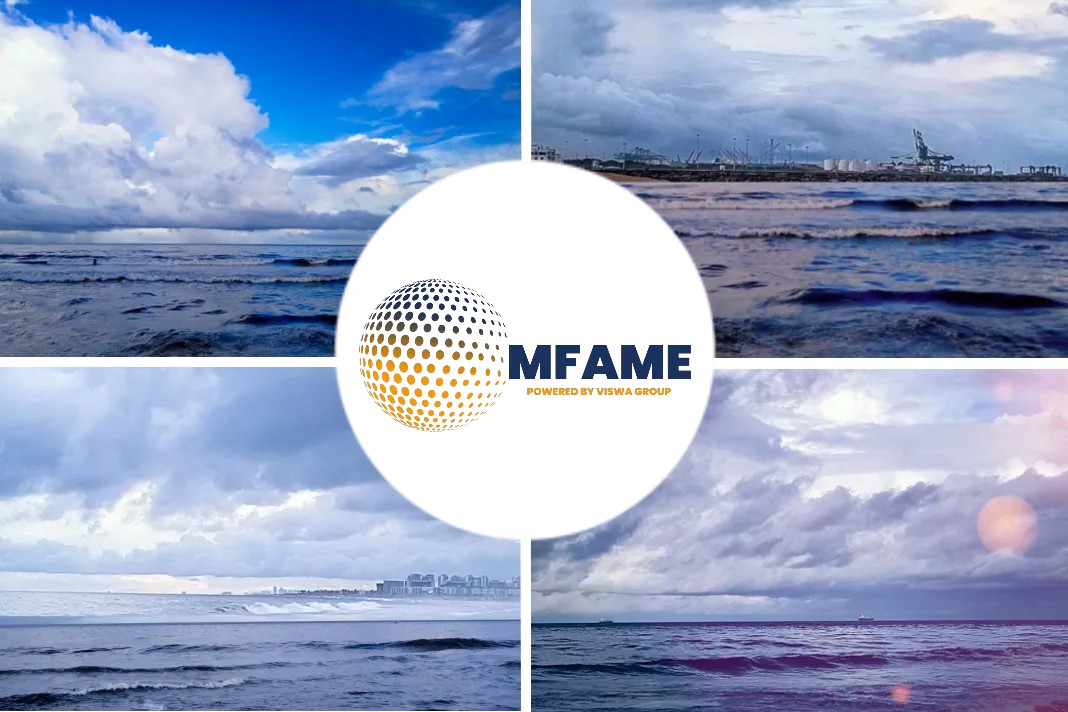The new ISO 19030 hull and propeller standard has come into force and looks set to have a huge impact on ship operators’ bottom lines.
The benefits were unveiled at an open forum in London on the new standard, which was hosted by Jotun, DNV GL and BIMCO, all driving forces behind the launch of the new ISO 19030.
Jotun global sales director hull performance solutions Stein Kjolberg said in an interview: “By applying the standard, ship operators have a tremendous opportunity to have access to more data to analyse the performance both historically and in the future. It allows them to make the decision for the right solution to be applied, which doesn’t need to be the most expensive or advanced but suited to the trade of that vessel. There is a lot of money to be saved by applying this standard.”
He singled out how one ship operator saved US$1.8 million in between two drydocking periods after applying the standard – but they could have saved even more if they had applied the standard earlier. “Within the first period there was a significant drop in performance ꟷ if they had carried out initiatives and inspections more quickly, they probably could have saved US$1 million just doing that,” Mr Kjolberg said.
The standard will also bring clarity to the industry: “There have been several cases of owners not understanding that the underwater hull is affected if cleaning is delayed, so a lot of fuel is used before they do something about it. By having this standard, a ship operator can analyse and have a better idea of if and when they should carry out cleaning and what affect this will have.”
The standard is just the start: “It’s a good start. Ideally you should have a set up that can measure every step of the way, not just hull and propeller monitoring, but also engine management, crew management…there should be chain of different initiatives that identify ship efficiency,” Mr Kjolberg said.
The standard will be revised based on learnings every three years. Mr Kjolberg said: “We expect the standard to be refined and revised and made simpler to use and more accurate. More default methods will be put in so there is more variety. But there will be the same KPIs, so it will be open, transparent and equal.”
AkzoNobel was also involved in developing the standard. Michael Hindmarsh, business development manager at AkzoNobel’s Marine Coatings Business, said: “We believe ISO 19030 represents a solid, initial ‘line in the sand’ in relation to monitoring hull and propeller performance, but there is still further progress that needs to be made,” he said.
He added: “To ensure the continued relevance of the standard, it is essential that ISO 19030 keeps apace with the ongoing development of technology and analysis capabilities that ship performance monitoring specialists are currently developing.”
The main challenge of applying the standard is the handling of the sensors to collect the data needed. Tobias Groger, DNV GL maritime advisory senior consultant performance solutions, Western Europe added: “The challenge is to ensure that they are well calibrated and well maintained and that people know how to read data.”
Did you subscribe for our daily newsletter?
It’s Free! Click here to Subscribe!
Source: LNG World Shipping






















